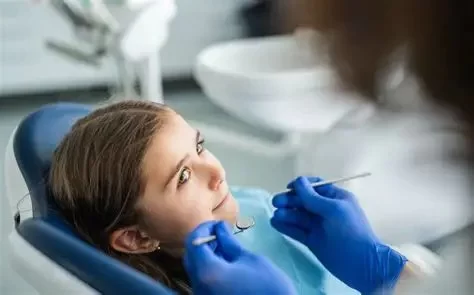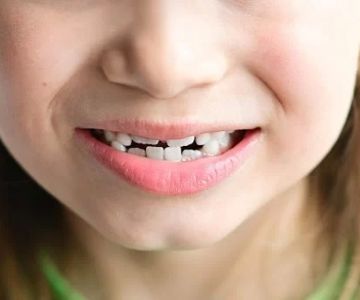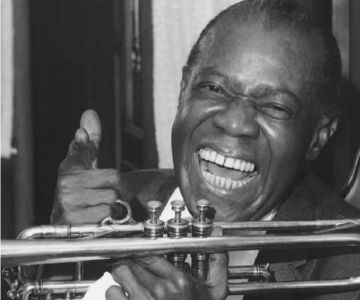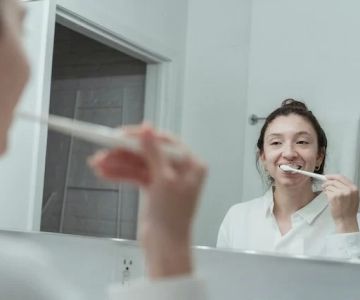
- why-early-dental-care-matters-for-children
- daily-dental-care-habits-for-kids
- how-to-make-dental-hygiene-fun-for-children
- real-stories-when-dental-habits-made-a-difference
- common-dental-mistakes-parents-should-avoid
- when-to-see-a-dentist-what-parents-should-know
- family-dentistry-online-your-trusted-resource
1. Why Early Dental Care Matters for Children
Good oral hygiene habits start early. Dental care for children isn't just about preventing cavities—it's about building lifelong routines that protect their overall health and self-confidence. According to the American Academy of Pediatric Dentistry, children should see a dentist by their first birthday or within six months of their first tooth.
The earlier kids learn to brush properly, avoid excessive sugar, and feel comfortable with dental visits, the better their chances of growing up with strong, healthy teeth. Plus, early dental care can prevent more serious—and costly—issues down the road.
2. Daily Dental Care Habits for Kids
2.1 Brushing Techniques and Frequency
Children should brush their teeth twice a day for two minutes using a soft-bristled brush. For children under 3, a rice-sized amount of fluoride toothpaste is sufficient. Ages 3–6 can use a pea-sized amount. Always supervise brushing until at least age 7 to ensure they’re doing it correctly.
2.2 The Role of Flossing in Early Dental Health
Flossing is often overlooked, but it becomes essential once a child’s teeth start touching. Parents can help by using floss picks or child-friendly flossers until kids can do it independently, usually by age 8–10.
2.3 Food and Beverage Choices That Support Dental Health
Limit sugary snacks and acidic juices. Encourage water, crunchy fruits like apples, and calcium-rich foods such as cheese and yogurt. These not only help protect enamel but also stimulate saliva production—a natural defense against decay.
3. How to Make Dental Hygiene Fun for Children
3.1 Use Songs, Games, and Charts
Kids respond to routines with rewards. Use a brushing song or a timer app to track brushing time. Sticker charts are another fun way to motivate consistency—especially when paired with small weekly rewards.
3.2 Choose Kid-Friendly Dental Products
Let your child pick out their toothbrush and toothpaste. Many brands offer fun designs featuring favorite characters and mild flavors like bubblegum or watermelon that can make brushing feel less like a chore.
3.3 Turn It Into a Family Activity
Brushing and flossing together can turn dental care into bonding time. It also models the right behavior and shows kids that oral hygiene is a family priority.
4. Real Stories: When Dental Habits Made a Difference
When Sarah from Oregon noticed her 4-year-old daughter Ava’s teeth turning dull, she assumed it was just teething. But a trip to the dentist revealed early decay from constant juice sipping and poor brushing habits. With coaching and a revamped routine—including brushing after snacks—Ava’s dental health turned around. “Now she reminds me to brush,” Sarah laughs.
On the other hand, the Wilson twins from Denver began seeing a pediatric dentist at age 1. Their parents used a toothbrushing song and color-coded brushes from day one. At their recent check-up at age 8, both were cavity-free and proud to show off their flossing skills.
5. Common Dental Mistakes Parents Should Avoid
5.1 Assuming Baby Teeth Don’t Matter
Some parents think baby teeth are disposable, but decay in early teeth can affect speech development, eating habits, and the health of permanent teeth. Cavities in baby teeth are real—and painful.
5.2 Giving Bottles or Sippy Cups at Bedtime
Letting kids fall asleep with milk or juice can coat their teeth in sugar for hours. Water is the only safe bedtime beverage. Pediatric dentists call this “bottle rot”—and it’s entirely preventable.
5.3 Skipping Regular Dental Checkups
Just because your child isn’t complaining doesn’t mean there’s no issue. Biannual checkups help catch problems early, reduce anxiety around dental visits, and provide professional cleaning that even the best brushing can’t replace.
6. When to See a Dentist: What Parents Should Know
6.1 First Dental Visit Guidelines
As a rule, schedule the first appointment by the time your child turns one. Pediatric dentists are trained to handle young children and can identify early signs of concern—even when teeth are just beginning to appear.
6.2 Signs Your Child May Need a Visit Sooner
Bleeding gums, bad breath, refusal to eat, or visible spots on the teeth all warrant an earlier dental appointment. Don’t wait until your child is in pain to make a call.
6.3 What to Expect During Pediatric Dental Visits
Most first visits involve a gentle examination, a quick cleaning, and time to answer parental questions. It’s more about building comfort than clinical procedures. Many clinics offer kid-friendly rooms with toys, movies, and positive reinforcement techniques.
7. Family Dentistry Online: Your Trusted Resource
At Family Dentistry Online, we know that every child’s smile tells a story—and we’re here to make it a healthy one. From dental care tips for children to expert-approved product guides and pediatric appointment booking, our platform connects you to the tools and professionals your family can trust.
Whether you’re a new parent or navigating teenage dental care, Family Dentistry Online provides accessible, expert-backed information to guide you every step of the way. Because a healthy smile starts with the right care—and a little support goes a long way.







 White Brown Smiles - Orangeburg4.0 (93 review)
White Brown Smiles - Orangeburg4.0 (93 review) Gardena Modern Dentistry4.0 (96 review)
Gardena Modern Dentistry4.0 (96 review) Angela Manning DDS PC4.0 (66 review)
Angela Manning DDS PC4.0 (66 review) Woodlawn Dental Gallery4.0 (537 review)
Woodlawn Dental Gallery4.0 (537 review) Sapphire Family Dental (Dr. Amy Chi, Dr. Emily Allen & Dr. Steven Rzepecki)4.0 (208 review)
Sapphire Family Dental (Dr. Amy Chi, Dr. Emily Allen & Dr. Steven Rzepecki)4.0 (208 review) Highland Park Periodontics5.0 (5 review)
Highland Park Periodontics5.0 (5 review) The Importance of Oral Health Education During Pregnancy for a Healthy Pregnancy
The Importance of Oral Health Education During Pregnancy for a Healthy Pregnancy Best Tips for Brushing Your Teeth Properly for Healthy Gums: Essential Techniques for Oral Health
Best Tips for Brushing Your Teeth Properly for Healthy Gums: Essential Techniques for Oral Health Why Skipping Dental Checkups Can Lead to Bigger Oral Health Problems
Why Skipping Dental Checkups Can Lead to Bigger Oral Health Problems Advantages of Porcelain Dental Restorations
Advantages of Porcelain Dental Restorations How Can Diabetes Cause Tooth and Gum Problems? Preventing and Managing Oral Health Issues
How Can Diabetes Cause Tooth and Gum Problems? Preventing and Managing Oral Health Issues Healthy Habits for Promoting Good Oral Health and Hygiene: Tips for a Healthy Smile
Healthy Habits for Promoting Good Oral Health and Hygiene: Tips for a Healthy Smile